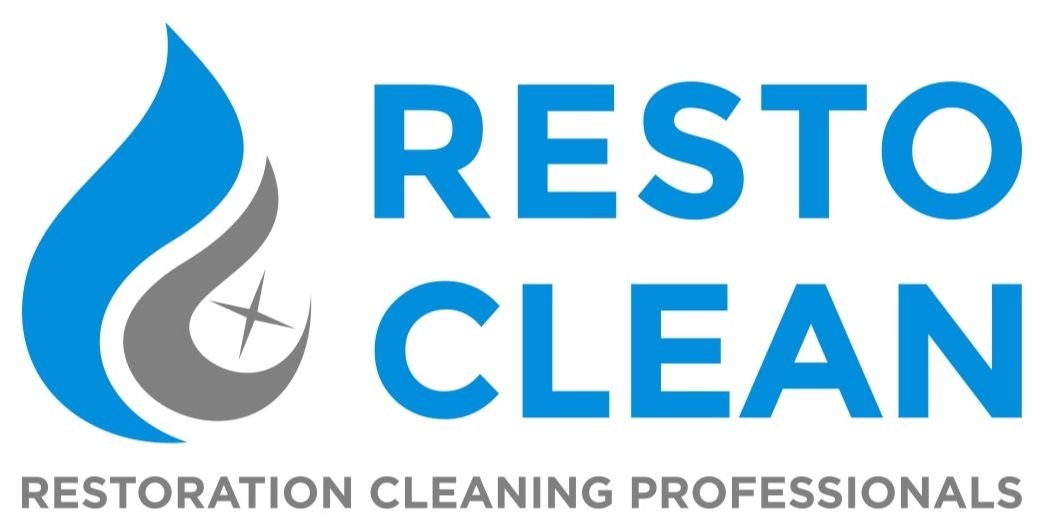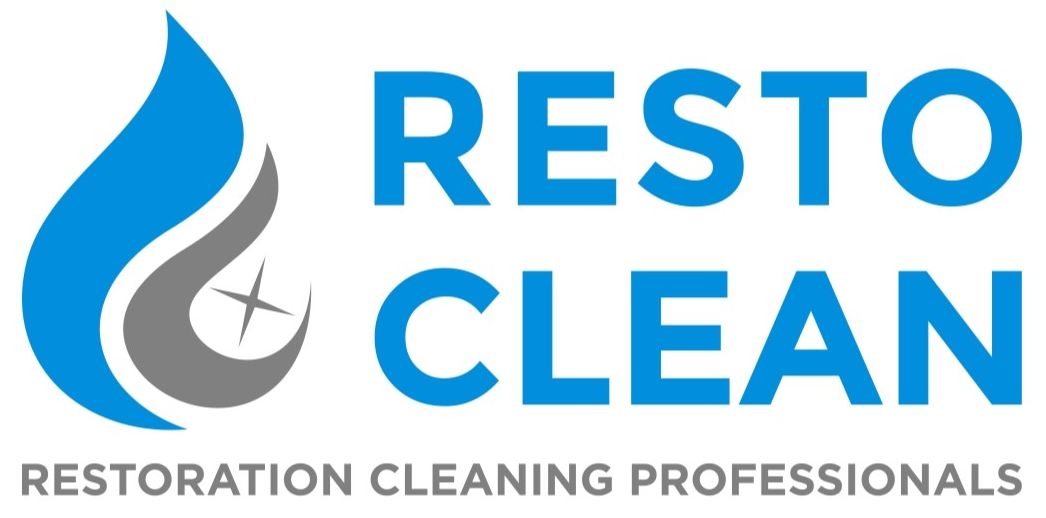Blog
Blog
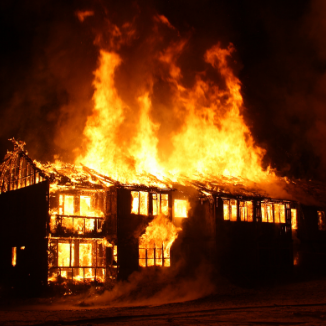
By Daisy Wick
•
January 11, 2024
A fire is a devastating event that can leave behind not only physical damage but also emotional scars. When the flames are finally extinguished, the road to recovery begins. It's essential to understand the importance of professional fire damage restoration and learn about effective ways to prevent such disasters in the first place. Why Professional Fire Damage Restoration Matters When a fire engulfs your home, the aftermath can be overwhelming. The consequences go beyond charred walls and burnt belongings; there are hidden dangers that only professionals can manage effectively: Safety: Fire-damaged structures can be unstable, posing a significant risk to anyone attempting to enter. Professional restoration teams are equipped to assess the structural integrity and ensure it's safe to enter the premises. Smoke and Soot: Smoke and soot damage extends far beyond the visible areas. They can penetrate walls, HVAC systems, and even ductwork. Professionals have the tools and expertise to thoroughly clean and deodorize affected areas. Water Damage: Often, firefighting efforts involve significant water usage. This can lead to water damage, mold growth, and further structural issues. Restoration experts can mitigate water damage and prevent mold infestations. Content Restoration: Fire-damaged personal belongings often carry immense sentimental value. Professional restoration services can salvage, clean, and restore items that might otherwise be lost forever. Insurance Claims: Dealing with insurance after a fire can be complex. Restoration professionals can document the damage, provide accurate estimates, and communicate with insurance adjusters to streamline the claims process. Thorough Cleanup: Fire damage is not limited to what's visible. Professionals ensure that hidden hazards and toxins, like asbestos or lead, are properly managed during the restoration process. Preventing Fire Damage: Safety First While professional fire damage restoration is vital after a fire, preventing a fire in the first place is even more crucial. Here are some key steps to minimize the risk of fire: Install Smoke Alarms: Ensure you have working smoke alarms on every level of your home and inside each bedroom. Regularly check and replace batteries. Fire Extinguishers: Place fire extinguishers in key areas like the kitchen, garage, and near heating appliances. Know how to use them. Electrical Safety: Regularly inspect electrical wiring and appliances for signs of wear or damage. Avoid overloading circuits and extension cords. Safe Cooking Practices: Stay vigilant in the kitchen while cooking. Keep flammable materials away from the stove and turn off appliances when not in use. Heating Safety: Maintain heating systems, fireplaces, and chimneys. Keep space heaters at a safe distance from flammable materials. Candle Caution: Use candles with care, keeping them away from curtains and other flammable objects. Smoking Safety: If you smoke, do so outdoors. Use deep, sturdy ashtrays, and ensure cigarettes are fully extinguished. Escape Plan: Develop and practice a fire escape plan with your family. Ensure all members know multiple ways to exit the home. Fire damage can be catastrophic, but with prevention and professional restoration, you can move forward and rebuild your life after a fire. Safety awareness and preparation are your best allies in reducing the risk of such a devastating event.
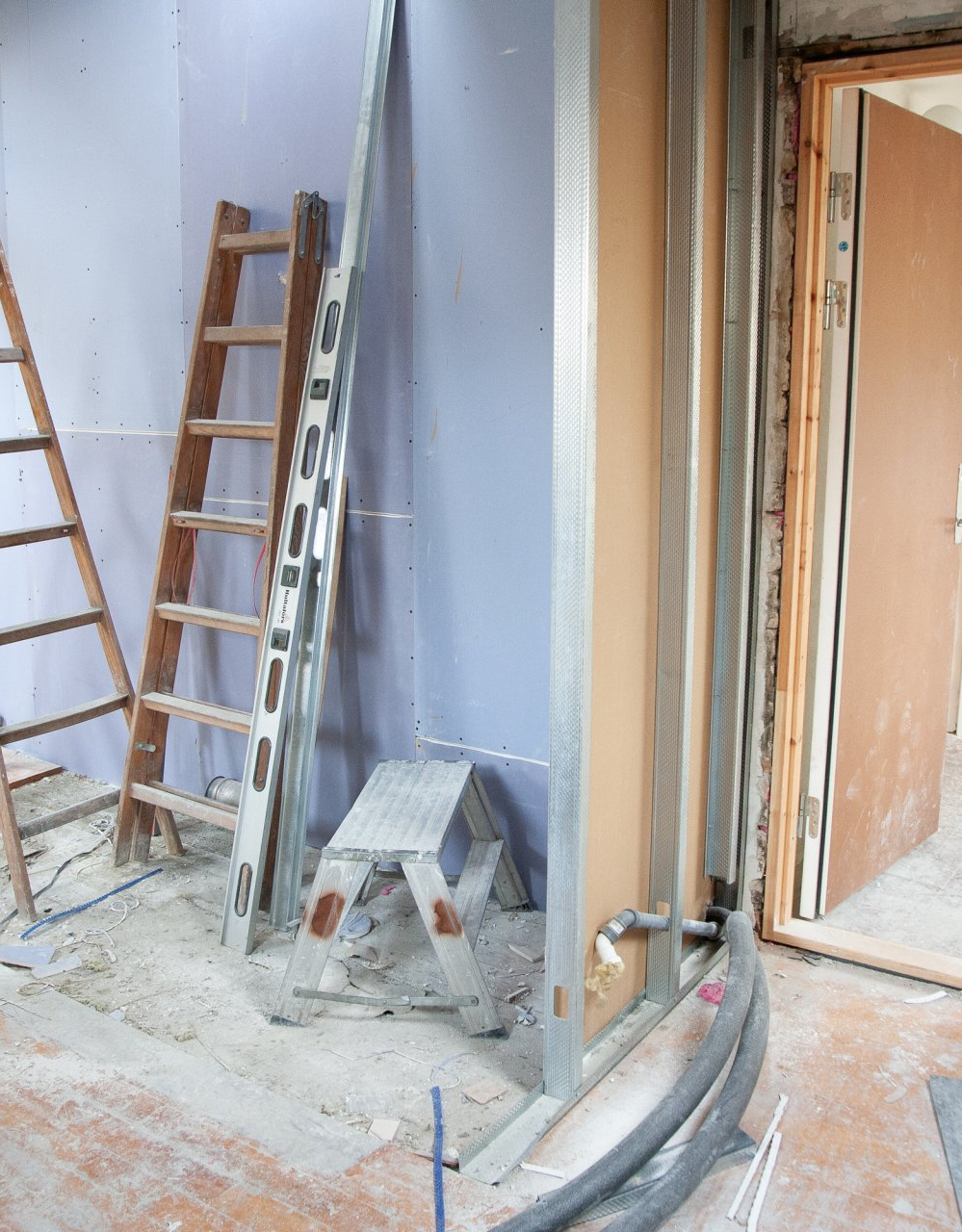
By Daisy Wick
•
October 9, 2023
Experiencing a house fire is a devastating and life-altering event. Beyond the immediate danger and loss, the process of cleaning and reconstructing your home can be a daunting journey. In this blog, we'll guide you through the steps involved in cleaning and reconstructing a home after a fire, helping you understand the path to recovery and restoration. Step 1: Ensure Safety The first and most crucial step is to ensure the safety of you and your family. After a fire, your home may have suffered structural damage, and there could be hidden dangers. Before re-entering the premises, consult with local authorities and professionals to determine if it's safe to return. Step 2: Contact Your Insurance Company Notify your insurance company immediately to initiate the claims process. Provide them with a detailed list of damaged items, photographs, and any necessary documents. Your insurance adjuster will assess the damage and guide you through the next steps. Step 3: Secure Your Property To prevent further damage, secure your property. This may involve boarding up windows, covering holes in the roof, and taking precautions to keep out intruders and the elements. Step 4: Assess the Damage After safety measures are in place, a professional fire damage restoration team will assess the extent of the damage. They'll categorize the damage into different classes, from minor smoke damage to extensive structural issues, to determine the necessary restoration efforts. Step 5: Clean and Remove Debris Cleaning and debris removal are essential to creating a clean slate for reconstruction. This includes removing damaged materials, debris, and items that cannot be salvaged. Step 6: Water Damage Mitigation Fires often result in water damage from firefighting efforts. Addressing this issue promptly is crucial to prevent mold growth and further damage. Professionals will use industrial-grade dehumidifiers and drying equipment to restore a healthy humidity level. Step 7: Smoke and Soot Cleanup Cleaning smoke and soot residue is a meticulous process. Professionals use specialized techniques and equipment to clean, deodorize, and restore surfaces, including walls, ceilings, and personal belongings. Step 8: Structural Repairs Once the cleaning and mitigation phases are complete, structural repairs can begin. This includes rebuilding damaged walls, floors, and roofs, and ensuring the home's structural integrity. Step 9: Electrical, Plumbing, and HVAC Systems Your home's essential systems may need repair or replacement. Licensed professionals will assess and address any damage to electrical, plumbing, and HVAC systems to ensure they are safe and functional. Step 10: Interior Restoration With the structural elements in place, interior restoration can commence. This involves rebuilding walls, installing new flooring, painting, and replacing fixtures and appliances. Step 11: Final Inspections and Testing Before moving back in, the home will undergo final inspections and testing to ensure it meets safety and code requirements. This includes fire safety checks, electrical inspections, and air quality assessments. Step 12: Returning Home Once all inspections are passed, you can finally return to your restored home. Take this moment to reflect on your journey, appreciate the support you've received, and begin the process of rebuilding your life. Conclusion Cleaning and reconstructing a home after a fire is a challenging and emotional process. However, with the guidance of professionals, the support of loved ones, and patience, it is possible to rise from the ashes and rebuild a safe and welcoming home. Remember that you're not alone in this journey, and there is hope for a brighter future beyond the devastation of a fire.

By Daisy Wick
•
August 21, 2023
Comprehensive Services: From water damage to mold remediation, their services cover a wide spectrum of disaster-related issues. Swift and Strategic Response: A crucial factor contributing to their highest rating is their rapid and strategic response: 24/7 Availability: Nampa Disaster Cleanup is always on call, ready to respond to emergencies at any hour of the day. Timely Action: Their swift response minimizes damage escalation, ensuring effective mitigation and cleanup. Customized Solutions: Their approach is tailored to each situation, addressing unique challenges for optimal results. Advanced Technology and Tools: Equipped with advanced technology, Nampa Disaster Cleanup delivers superior results: Cutting-Edge Equipment: High-quality equipment and tools enable them to handle disaster recovery efficiently and effectively. State-of-the-Art Techniques: They utilize the latest techniques to expedite cleanup, drying, and restoration processes. Compassion and Client-Centric Approach: Nampa Disaster Cleanup understands the emotional toll disasters can take: Empathetic Approach: Their team provides compassionate support, understanding the stress that clients are under during crises. Transparent Communication: Open communication ensures clients are informed at every step, promoting trust and peace of mind. Conclusion: Choosing Excellence in Disaster Recovery With the highest rating in Idaho, Nampa Disaster Cleanup has set a gold standard in disaster recovery and restoration. Their unmatched expertise, swift response, advanced technology, and client-centric approach define them as leaders in the industry. When disaster strikes, remember that the highest-rated Nampa Disaster Cleanup team is ready to provide the highest level of service, ensuring your property's recovery and your well-being.
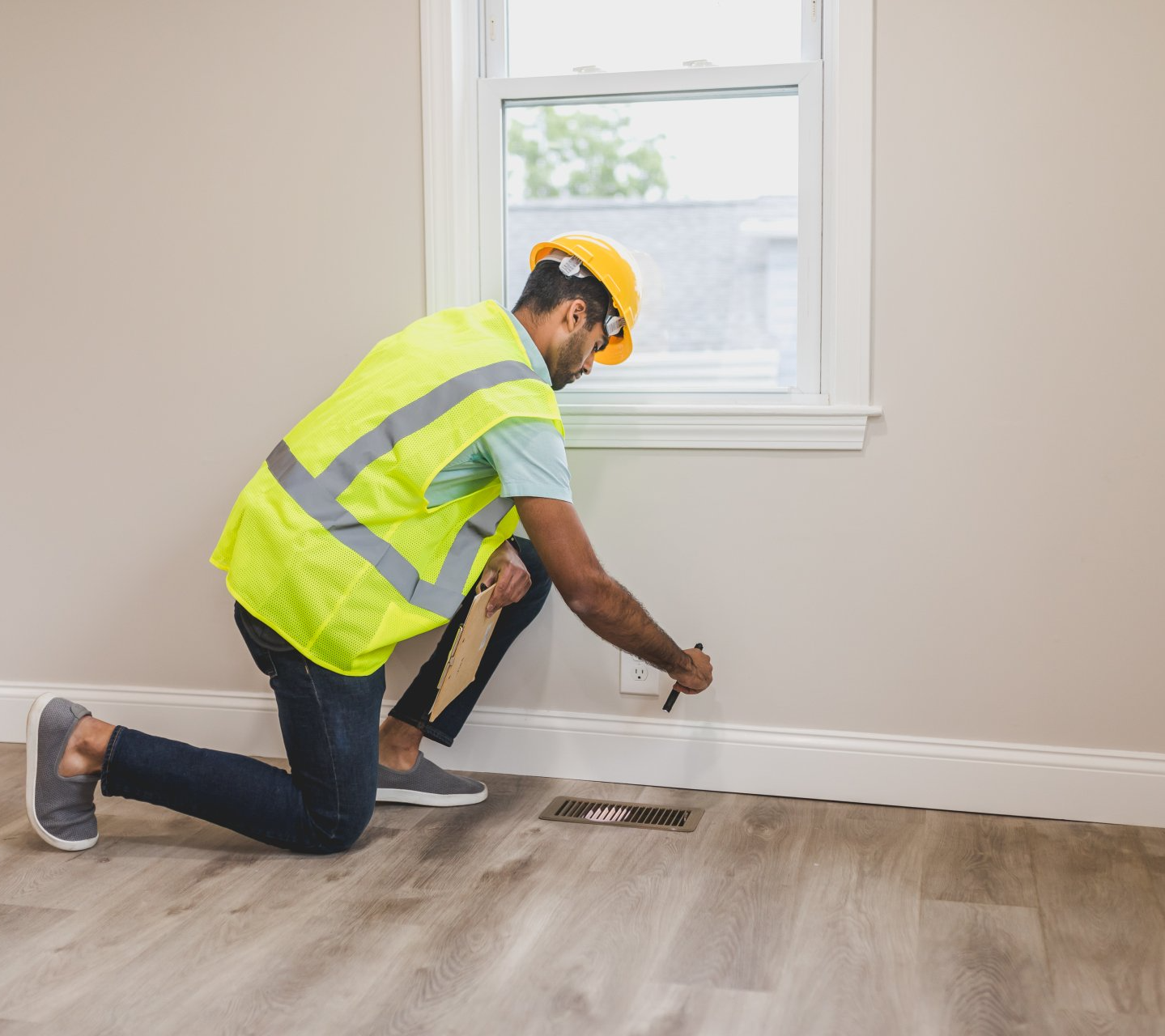
By Daisy Wick
•
February 3, 2023
When disaster strikes, you want to work with a company that you can trust to get the job done right. Resto Clean is that company. With years of experience in the industry, Resto Clean has the knowledge, skills, and equipment necessary to get your property back to its pre-disaster state. Comprehensive Services: Resto Clean offers a wide range of disaster restoration services, including fire damage restoration, water damage restoration, mold remediation, and storm damage restoration. No matter what type of disaster has affected your property, Resto Clean has the expertise to help. Fast Response Time: In an emergency situation, time is of the essence. Resto Clean understands this, which is why they have a fast response time to help get the restoration process started as soon as possible. They understand that the sooner the restoration process begins, the less the damage will be and the faster the restoration will be completed. Experienced Technicians: Resto Clean is staffed by experienced technicians who have been trained in the latest restoration techniques. These technicians are committed to providing the best possible service to each and every customer, and they are always striving to improve their skills and knowledge in order to better serve the community. Insurance Support: Resto Clean works closely with insurance companies to help make the restoration process as smooth and stress-free as possible. They understand the importance of having insurance coverage in the event of a disaster, and they are here to help you navigate the claims process and ensure that your property is fully restored. Local Business: Resto Clean is a local business, so you can be sure that you are supporting the Nampa, Idaho community when you choose them for your disaster restoration needs. They understand the needs of the local community and are committed to providing the best possible service to each and every customer. —------------ Disasters can be devastating, but with Resto Clean, you can rest assured that your property will be restored to its pre-disaster state. Whether you have suffered fire damage, water damage, mold damage, or storm damage, Resto Clean is here to help. With their fast response time, experienced technicians, insurance support, and commitment to the Nampa, Idaho community, you can be sure that you are in good hands with Resto Clean. So, don't wait any longer, contact Resto Clean today to start the disaster restoration process.
